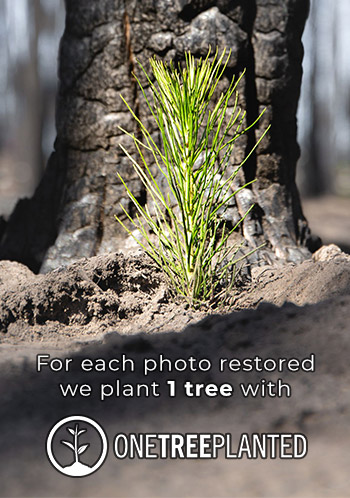The 6 Oldest Photos of All Time
The Very First Photograph
Joseph Nicephore Niepce, considered the father of photography, is the first to capture a photo using a camera. In 1826, he used the heliography process to shoot the view from his estate’s upstairs windows. Even when the method used light exposure, it used Bitumen of Judea coating on a piece of metal or glass to create the photo.
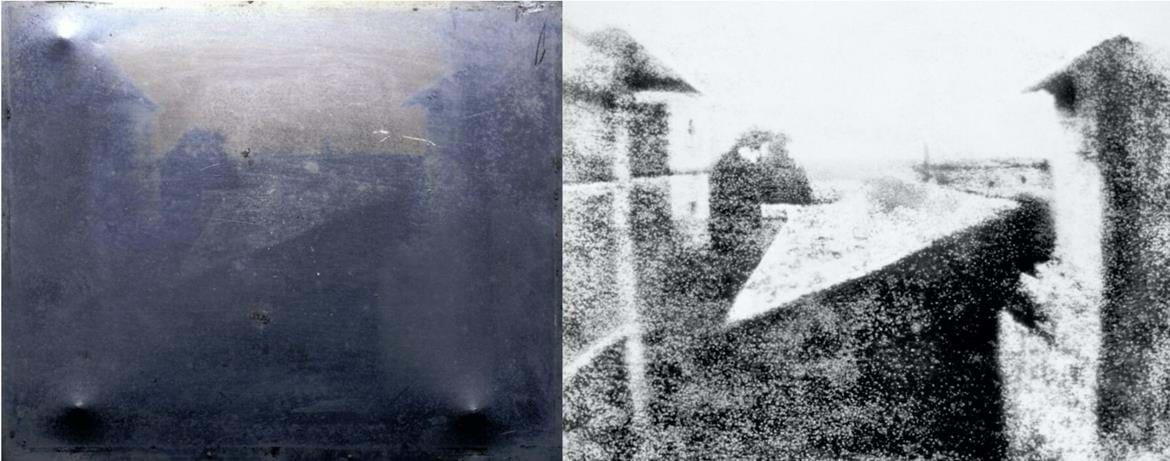
The First Coloured Photo
While the first photograph dates back to the 1820s, it took another four decades before colour photography became possible. Interestingly, the person behind the first colour photograph was someone who is known to be a famous physicist and inventor. James Clerk Maxwell created the photography process, and Thomas Sutton, the inventor of the SLR, shot the photo. Maxwell unveiled the multi-coloured bow in 1861

The First Photo with a Person
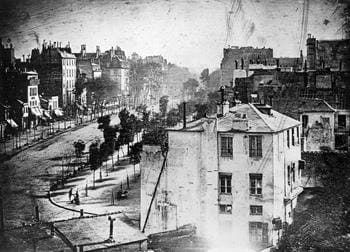
Louis Daguerre captured the first photo of a human being in 1838. The picture shows a man cleaning his boots on the pavement in the city of Paris. Interestingly, it took 7 minutes of exposure to capture the shot. This famous photo is known as Boulevard du Temple by Louis Daguerre.
The intention to shoot the photo was to capture the Boulevard du Temple. The long exposure prevented many other people walking on the street from making an impression on the photograph; since the man depicted stood there long enough for the exposure to capture him and the shoeshine boy.
An Aerial Photo from a Hot Air Balloon
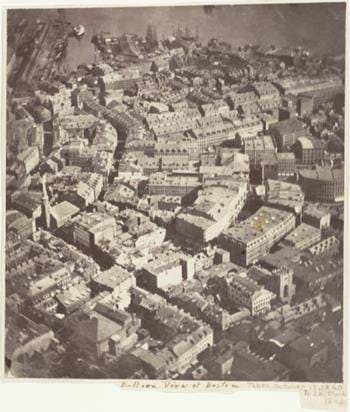
Photography was a time-consuming and challenging art during the 19th century. However, that didn’t deter many photographers from embarking on adventurous photography ventures.
In 1860, James Wallace Black took an aerial photograph by flying in a hot air balloon. It is the photo of Boston from a height of 2,000 feet in the air.
Interestingly, this is the second aerial photograph. In 1858, Felix Tournachon shot the first aerial photo of the Bievre Valley, France from a tethered balloon. There are no copies of this first picture available.
The First “Selfie”
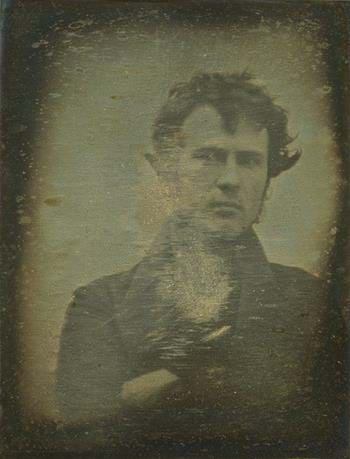
Robert Cornelius, an American pioneer in photography, captured in 1839 the first self-portrait photo in history.
He took it at the back of the family store in Center City, Philadelphia, sitting in front of the camera for more than a minute before covering the lens.
The First Coloured Landscape Photo
It took 15 years after the first coloured photograph to shoot a landscape in colour. In 1877, Louis Arthur Ducos du Hauron, a French photographer, used a unique process to capture the shot that became famous as the View of Agen or Landscape of Southern France.
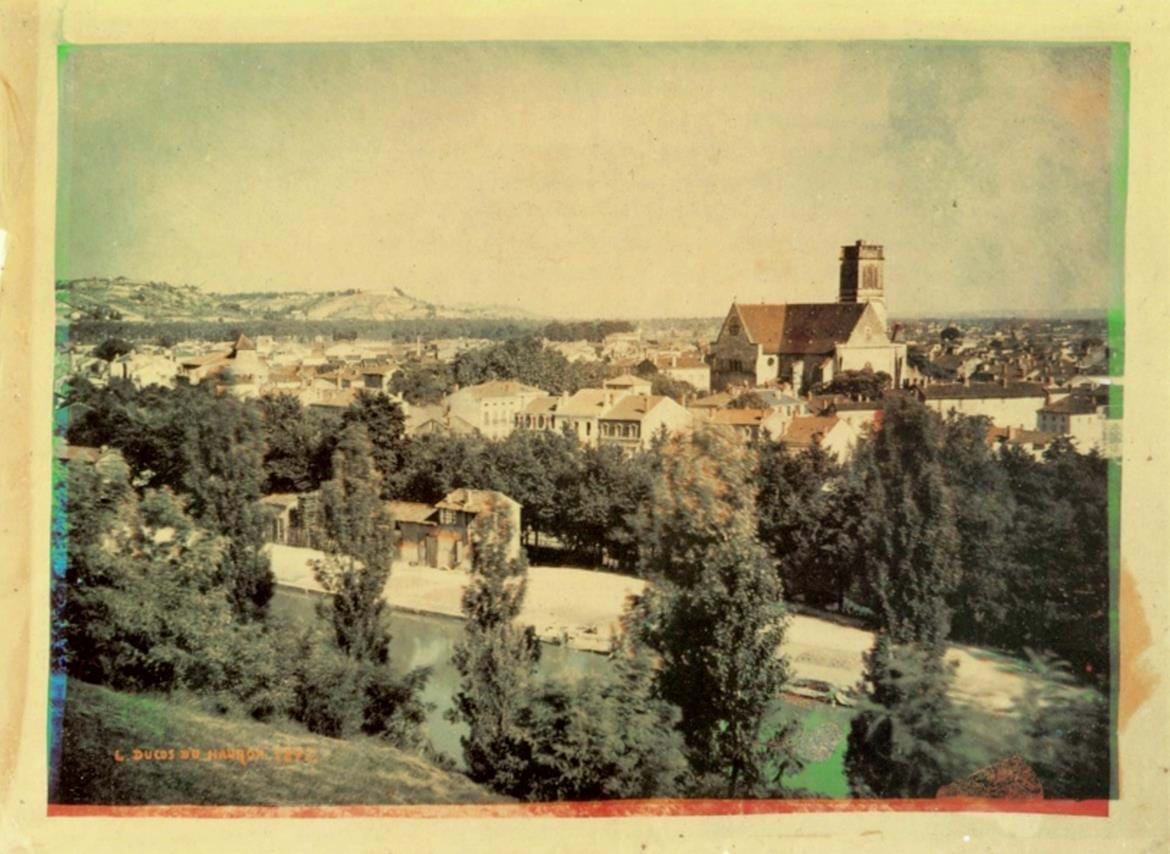
Louis used the dye sensitization technique to develop most of his first colour photos. Hermann Wilhelm Vogel developed this method in 1873.
These are some of the most famous oldest photos that are considered the first in their category.
No worries! We can fix it and make it beautiful.
from our blog
You might also like
Explore 15 fascinating trivia questions and fun facts that seem unreal but are true about photography. It will make you think about how far photography has come!
Color correction skills are key to give your photos the right mood and be able to express a range of different feelings.
It was the longest, deepest, and most widespread depression of the 20th century. The Great Depression is commonly used as an example of how intensely the global economy can decline.
Today we show you who to choose the right scanner and settings when you want to restore your photographies.
